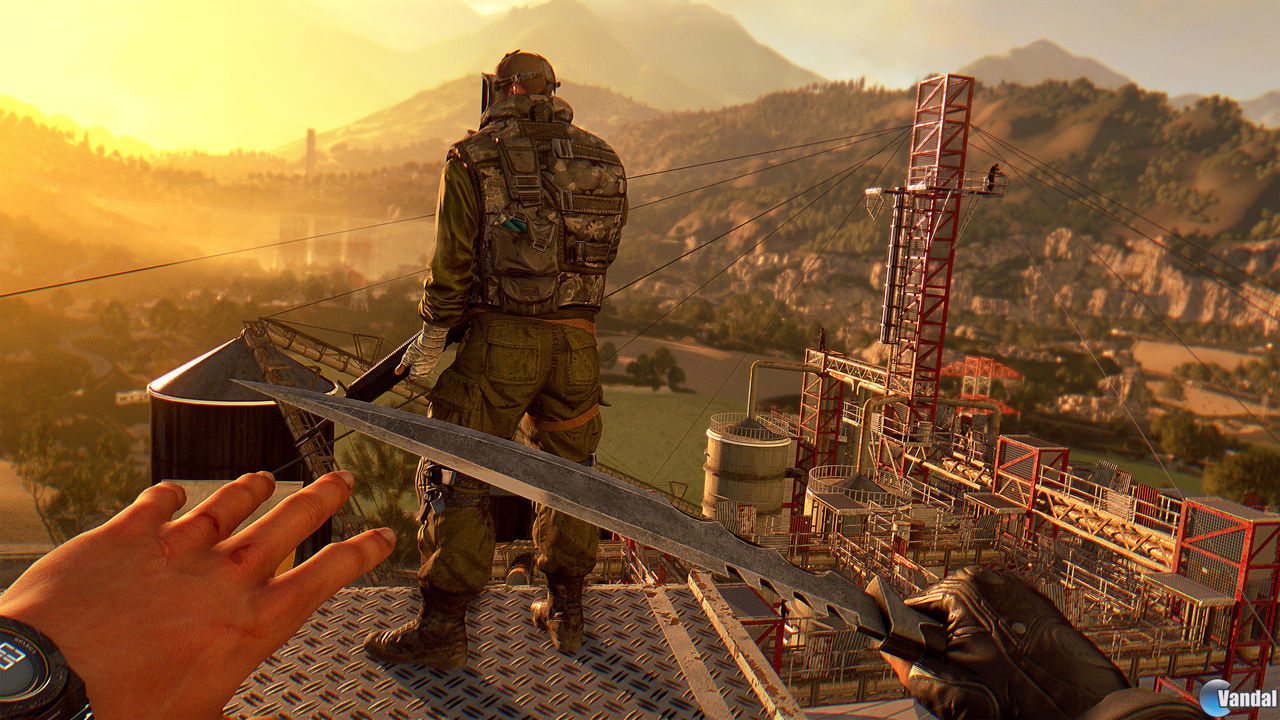
When a Folder is selected and you add a new Track, that track will automatically be placed inside your selected folder.Ībove we have an Audio folder selected, when adding a new Track, that track will be automatically placed in the Audio folder. To keep Tracks in your Level Sequences organized, you can use Folders to categorize and arrange them as desired. Once we have added our Skeletal Mesh, we can then add Sub-tracks to affect that Skeletal Mesh. With the bear selected, we can then click the Track button in Sequencer and choose Actor To Sequencer so that we can add it and control it in the Sequencer Editor. For example, we have a Skeletal Mesh of a bear that we have placed in our Level (below). Typically, if you are creating a cinematic that has characters, animals, creatures, or anything along those lines that will animate and move, you will have a Skeletal Mesh for it, which you will need to add to Sequencer. The Actor To Sequencer option will enable you to add any Actors that you have selected in your Level (at the time) to Sequencer so that you can manipulate them during your scene. The first thing you will need to do is add a Track type, which you can do from the Track button's drop-down menu.įrom the drop-down menu, you will see several Track types you can select from, as well as the ability to add an Actor To Sequencer. When doing this, you are creating the Level Sequence asset before placing it in a Level.Īfter creating a Level Sequence, double-click on it to open the Sequencer Editor so that you can begin creating your cinematic.Ībove, we have a newly created, empty Level Sequence. For example, you can create a Level Sequence that has animated characters and cameras as one scene that is part of a larger cinematic sequence.Īn alternate method of creating Level Sequences can be performed in the Content Browser by clicking the Add New button, and selecting Level Sequence from the Animation menu.

Unlike Matinee, Level Sequences are self-contained assets, and you can embed a Level Sequence within another Level Sequence. In the Details panel (below), you can define whether the Level Sequence will automatically play upon Level start, whether the Sequence should loop, the Play Rate for the Sequence, and other settings. Using any of these methods will add a Sequencer to the Level, at which point it can be selected, and its properties can be manipulated in the Details panel (similar to a Matinee Actor).

If a Sequence is on a specific Map, you can open the Sequence by right-clicking a Map in the Sequencer Content Browser and selecting the Sequence from the Map. You can also access Cinemtatics and Sequencer through the Window menu. You can create a Level Sequence directly in your Level from the Toolbar under Cinematics (as seen below). The Level Sequence is the "container" for your cinematic scenes, and must be created in order to begin working inside of the Sequencer Editor. Please see Sequencer Time Refactor Technical Notes for more information. Tracks can consist of things like Animations (for animating a character), Transformations (moving things around in the scene), Audio (for including music or sound effects), and several other Track types.Īs of the release of engine version 4.20, Sequencer has undergone some refactoring in terms of how time is represented to better support filmic pipelines and contexts where frame-accuracy is of huge importance. By creating Level Sequences and adding Tracks, users can define the makeup of each Track, which will determine the content for the scene. The Sequencer Editor gives users the ability to create in-game cinematics with a specialized multi-track editor (similar to Matinee).

Stretching and Shrinking Frames between Keys


 0 kommentar(er)
0 kommentar(er)
